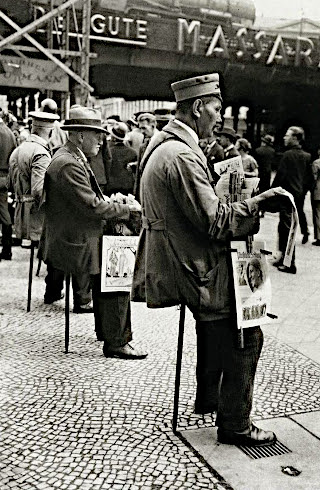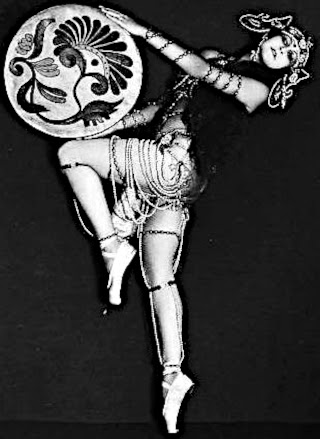"It's almost as if the biggest credit bubble in history never occurred. Investors are increasingly convinced that a sustainable global recovery is emerging out of the wreckage. All praise to the central bankers for saving the world! I'm waiting till someone writes about the return of the Great Moderation and suggests Ben Bernanke is the new Maestro. Then I'll know the lunatics have taken over the madhouse...yet again." Albert Edwards, Société Générale
What Simon Johnson is describing in this essay attached below is moral hazard, the corruption of the capitalist system introduced by a Fed (the Economic Donkeys) that recklessly exercises a function as 'lender of last resort,' in conjunction with a political environment (less sophisticated Economic Donkeys) that can be politely described as being driven by 'regulatory capture' rather than the less euphemistic 'rampant corruption.'
Moral hazard is not a popular topic, on the left or on the right. When moral hazard was mentioned as a consideration in the bank bailouts proposed by then Treasury Secretary Hank Paulson, a popular liberal economist bombastically expounding with a blog (PLEBEWAG) went into a hissy fit of self-righteous indignation, condemning those who even think about things like 'moral hazard' as fundamentalist ethical Luddites.
The problem is that moral hazard is an ethical consideration, a restraint on the tools available for centralized financial engineering. This aversion to restraint is characteristic of neither the moderate right nor the left per se, but it does distinguish the statists from those who favor the individuals and 'market-based capitalism.'
What can one think about these things, when so many economists can get it so wrong, for so long, with such passionate intensity, and remain largely unapologetic and unchanged themselves, swearing allegiance to the power of financial engineering with just a little more power and purview? Hence the proposal to centralize regulation in the Fed, surely one of the most bizarre suggestions after a crisis caused by the Fed that one can imagine.
It is all part of the momentum of the status quo, those who enable a system at least in part because they believe it in as a first principle, benefit from it, even if they are not direct participants, or may only wish to be beneficiaries of the greater power and prestige of the State.
It is an essay worth reading. Here is a relevant excerpt.
Until the Banks are restrained, and the financial system reformed, and balance restored to the economy, there can be no sustained economic recovery.
Or anything resembling a return to the moral high ground or social justice.
"The real problem with our financial system is that our economic and political system work together to encourage excessive risk, and this risk in turn leads to cycles of prosperity and collapse. In 1998, a much smaller Lehman Brothers was placed in financial peril by the aftermath of the Asian financial crisis and failure of Long Term Capital Management, a major hedge fund. The Federal Reserve responded by lowering interest rates and other central banks followed suit. This reduced the cost of obtaining funds, effectively bailing out Lehman and other institutions in trouble.Economic Donkeys by Simon Johnson and Peter Boone
As markets have grown to recognize how quick the Federal Reserve is to bail out institutions (and executives) in trouble, they naturally respond. In the 1990s, people talked about the “Greenspan Put” a term which derisively suggests that it is always safe to invest in risky assets, because the Federal Reserve is ready to bail out investors (a put is effectively a promise to buy an asset at a fixed price if you are unable to sell it to someone else at a higher price – this is a way to lock-in profits or limit losses on investments). However, in months following the collapse of Lehman, we learned that the “Bernanke Put” is even more valuable since Chairman Bernanke, alongside the Bank of England, the European Central Bank, and central banks in much of the rest of the world, is prepared to take drastic measures to prevent asset prices from falling when there are risks of global collapse.
This policy of responding to the aftermath of bubbles, rather than addressing them before they get going, through tighter regulation, has become the mantra of most central banks. It is usually combined with fiscal policy stimulus and other measures to support the economy. Each time banks fail, by bailing the system out again, we teach our finance sector a lesson: you can safely take too much risk because, when you lose, the taxpayer will pick up the bill. We also send a simple message to creditors: it is safe to lend to Goldman Sachs, or Barclays Bank, because taxpayers and our nations’ savers are standing by to cover your losses. Rational bank executives and creditors respond as any person would: creditors lend to banks at low interest rates, and our banks gamble heavily hoping to make large profits. Such a system is destined to fail, but the party can run for a long time."
































